Kiwi Care: [Soil, Humidity, Pruning and Problems]
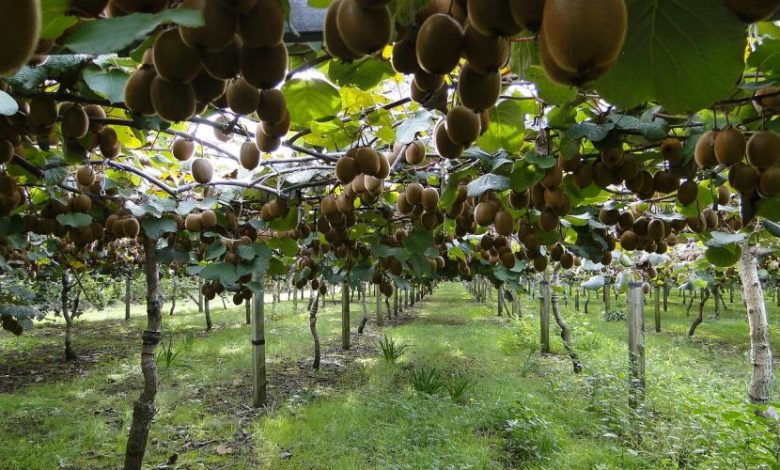
What characteristics does the kiwi have?
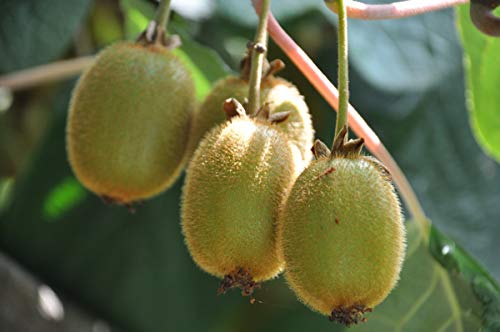
The Kiwi is a fruit-bearing climbing plant with woody lianas native to China where it is the national fruit, expanded at the beginning of the 20th century to New Zealand and later to Europe and America.
The Kiwi gives an exquisite citrus fruit, through about 60 species whose shell can vary in shape and size, but not all of them have a good flavor, since there are bitter and sour ones.
Those with an exquisite flavor belong to the actinidiaceae family, and their leaves are deciduous, long and rounded with villi and 30 cm long; its flowers are hermaphrodite (male and female sexual organs) with 5 well-defined petals.
The name of kiwi that identifies this plant comes from New Zealand, where it was adapted from the name of the kiwi bird, which is one of the symbols of that Oceanian country, due to its shapes similar to those of the fruit; there, cut into whipped cream, they make up the pavlova, typical desserts of great delight.
Did you know…?In World War II, this fruit calmed the hunger of New Zealand soldiers in the midst of the bloody battles that took place in the first half of the 1940s.
In the United States, where this plant has been exported from New Zealand since 1950, it is known as melonete, because its fruits look like small melons. It is also cultivated with emphasis in Italy, Greece, Chile and France.
It is a fruit with a soft texture, oval shape, with fibrous skin of about 5 cm, dark brown and green pulp, very edible due to its good flavor, as well as its black seeds. As a desirable exotic plant, in some countries it is planted with extreme care, because it represents an industry with good economic dividends.
Kiwi has medicinal properties because it is rich in vitamin C and antioxidants, which is why it protects the proper functioning of the immune system. It is good to consume it twice a day to cover the needs of vitamin C in an adult.
It stimulates the digestive process because it contains actinidine, an enzyme that helps digest calories. Also, as it contains folic acid, it is recommended for pregnant women, and as it is low in fat, it is suitable for diets.
What land needs does the kiwi have?
The Kiwi is not a plant that adapts to any terrain, as it will not survive without the required soil and climate conditions, so it must be planted in specific places, but, in contrast to this obstacle, it has the characteristic that it is easy to cultivate.
The land has to be well drained because the kiwi does not support waterlogging, extreme care that we must have at the time of irrigation. The watering must be regular, preferably drip irrigation, especially in the hot months, always avoiding the dryness of the soil so that it grows without obstacles.
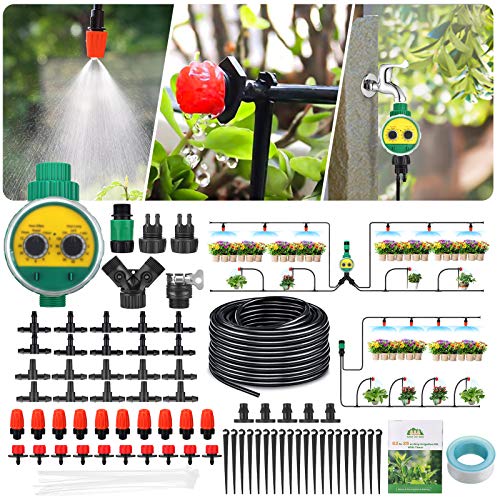
In the preparation of the land we must take into account a series of things, such as cleaning the weeds and raking it to obtain an adequate leveling, throwing a layer of fermented cow manure.
When placing the supports, we must leave a reasonable distance (4-5 m) between them before proceeding to plant it, making sure to have a male and a female specimen or a graft of both, which we can buy in specialized stores.
The males will be planted to achieve the fertilization of the females, one male kiwi for every five females placed in alternate rows, preferably during the months of November and February. It is recommended for urban gardens, not for interiors or terraces and balconies, because in those cases it will give us problems.
How to make kiwi grow strong and vigorous?
It is necessary to take into account that the kiwi is a fast-growing plant, so, at the time of its development, as a climbing plant, we must build firm supports, joined with wires, through which it will extend its branches as it grows..
It is a plant from China and New Zealand where there are very cold environments; In this sense, the kiwi has resistance to low temperatures, but if we have it in a place with a very hostile climate, it must be protected in a greenhouse.
Another element to consider is the fertilizer, which must have a certain amount of nutrients such as nitrogen, phosphorus and potassium, especially after flowering.

In Spain there is a good production of kiwi in seed varieties of the Hayward plant classified in female and male varieties as pollinators.
The most popular masculine ones are: Matua, Tomuri and M-3, and the feminine ones, Hayward, Abbott, Jones, Monty, Bruno and Gracie, each one with its own characteristics, some of medium size, others large and others thick, but all of them required. for its extraordinary flavor that falls in love with the most extravagant palates.
What humidity do kiwi need?
The Kiwi needs a high ambient humidity, and for this reason its cultivation is not recommended in hot areas, much less in areas with frosts of -10ºC, specifically between the months of November and April.
We must be aware that the environment does not become dry and hot, in which case it is appropriate to take protective actions, such as spraying its leaves to keep them fresh.
Is it necessary to prune the kiwi?
Pruning is essential to shape the tree looking for the development of its main trunk and lateral arms to cover the wires.
How often should we prune the kiwi?
Kiwi fruiting pruning should be done at two times of the year, in winter and summer. Just as winter pruning is for training, summer pruning is for lighting, ventilation, maintenance and cleaning, with the idea of clearing the obstacles that are presented to plants, such as leaves in poor condition, withered flowers, damaged branches., so that new branches and leaves are born.

It is advisable to do this summer pruning twice, between the months of April and June. We will also seek fruit thinning to improve production, twice, before and after flowering; first to eliminate withered flowers, and after the flower set, to eliminate the fruits in poor condition.
How to avoid kiwi pests and diseases?
The diseases that attack the kiwi are:
gray mold
It is a fungus of the botrytis family, which affects the fruit and sometimes the plant itself, due to high temperatures and constant humidity. To reject it, it is necessary to keep the plant in a ventilated area and the use of botrycide-type chemicals.

bacterial cancer
It manifests itself with orange-colored exudations, necrotic affectation of branches and falling buds, which we must combat by pruning the affected parts and isolating the plant.Red spider and fruit moths are other natural enemies that we should attack preferably with ecological disinfectants.
Maybe you are also interested in:
- How often and how to water my kiwis?
- 21 Most Famous and Delicious Kiwi Types and Varieties
- How to Fertilize Kiwi: The Complete Guide – Sembrar100
- Kiwi Cuttings: [Grafts, Time, Rooting and Planting]
- Kiwi blooms
- Kiwi Pests and Diseases: [Detection, Causes and Solutions]
- Prune Kiwis: [Importance, Season, Tools, Considerations and Steps]
- pick the kiwis

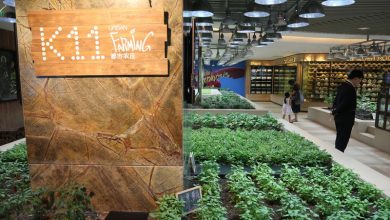
![Photo of Prune Rose Bushes: [Importance, Time, Considerations and Steps]](https://www.complete-gardening.com/wp-content/uploads/2022/08/prune-rose-bushes-importance-time-considerations-and-steps-390x220.jpg)
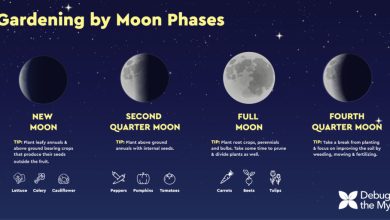
![Photo of Lavender Care: [Soil, Humidity, Pruning and Problems]](https://www.complete-gardening.com/wp-content/uploads/2022/08/lavender-care-soil-humidity-pruning-and-problems-390x220.jpg)